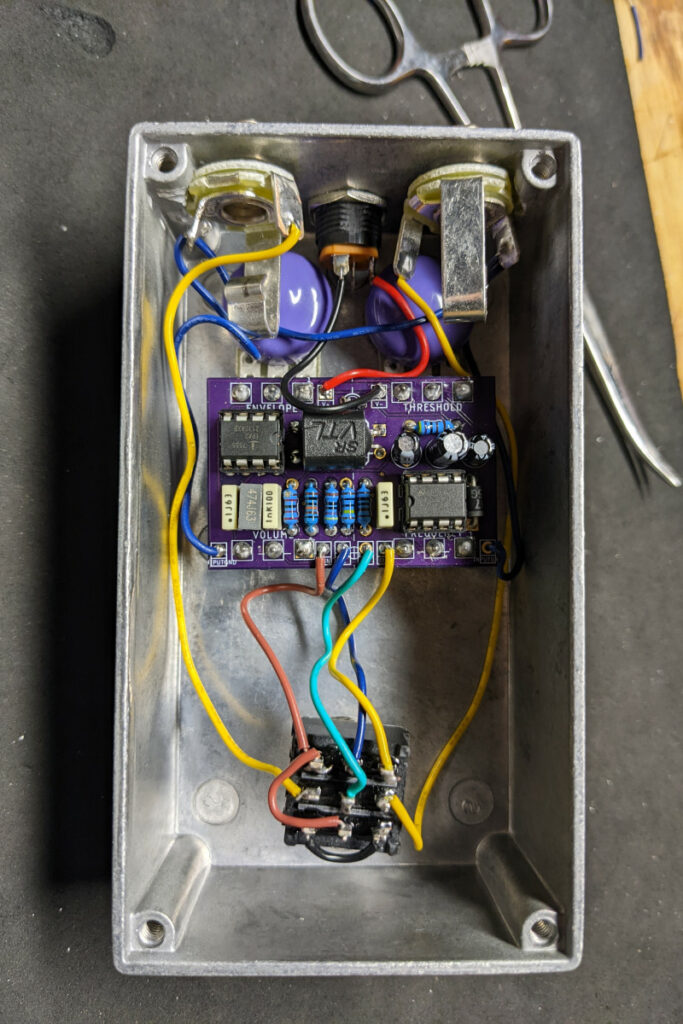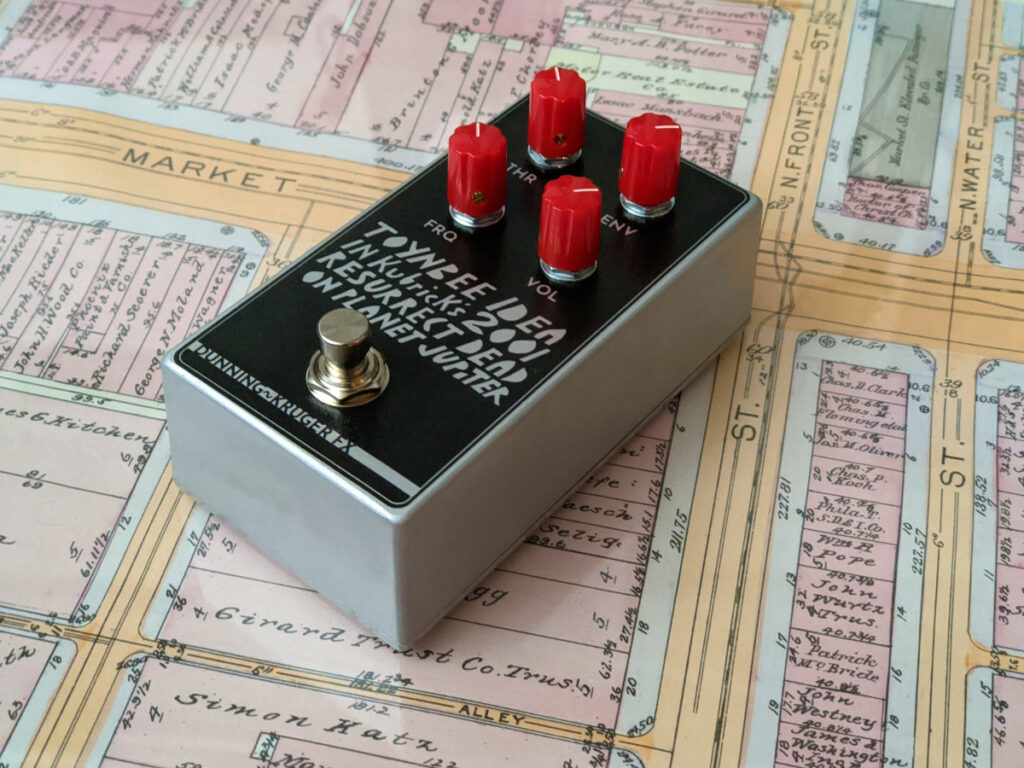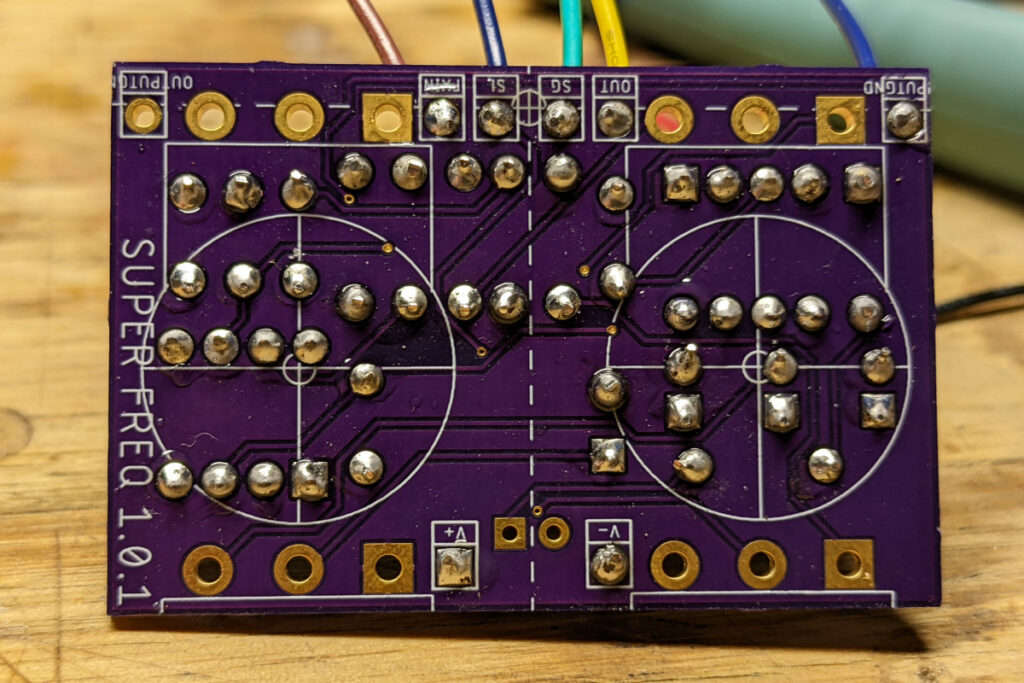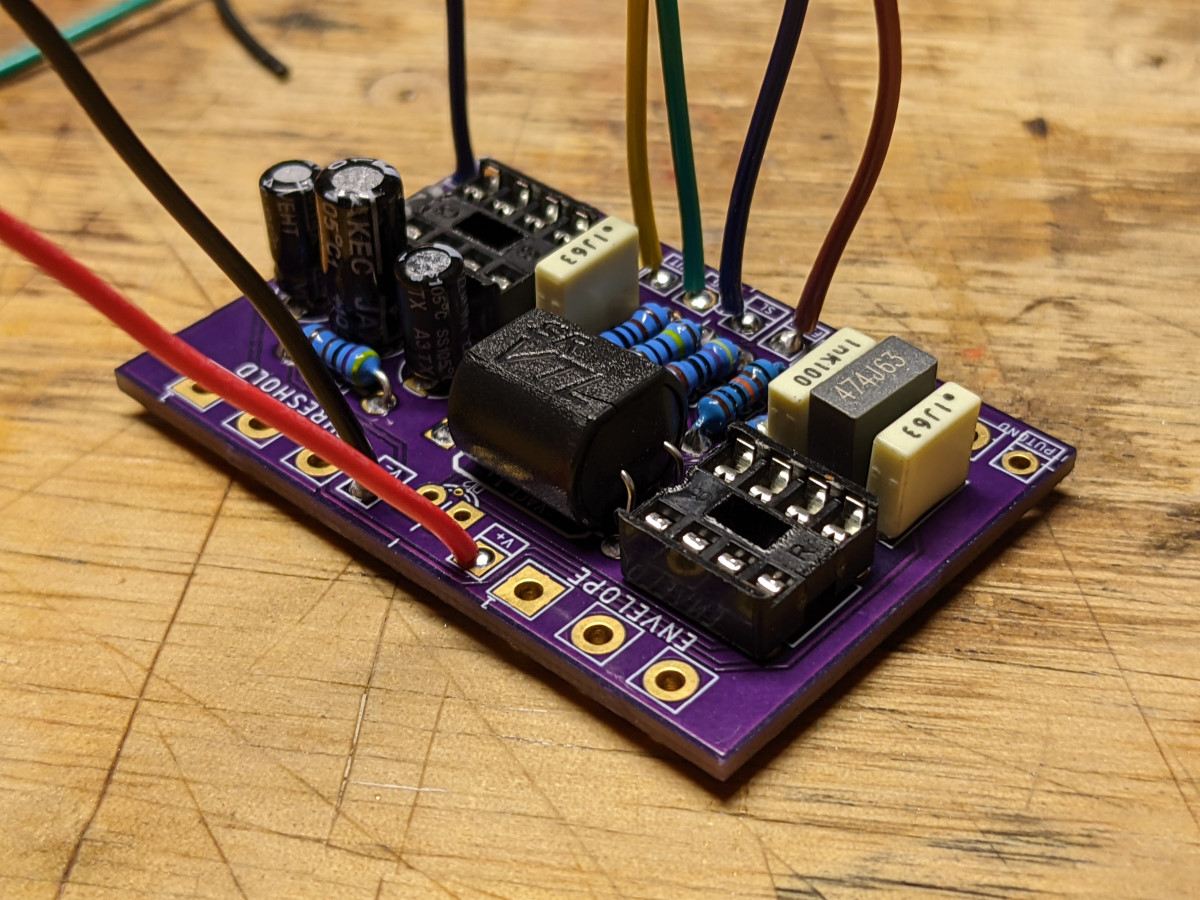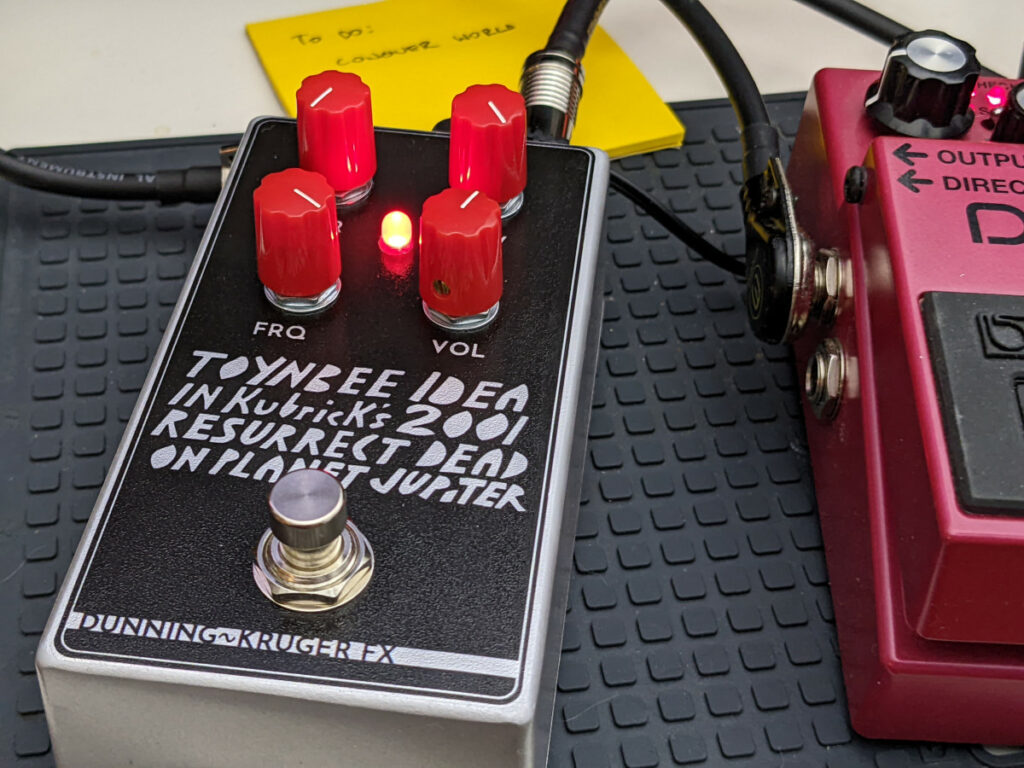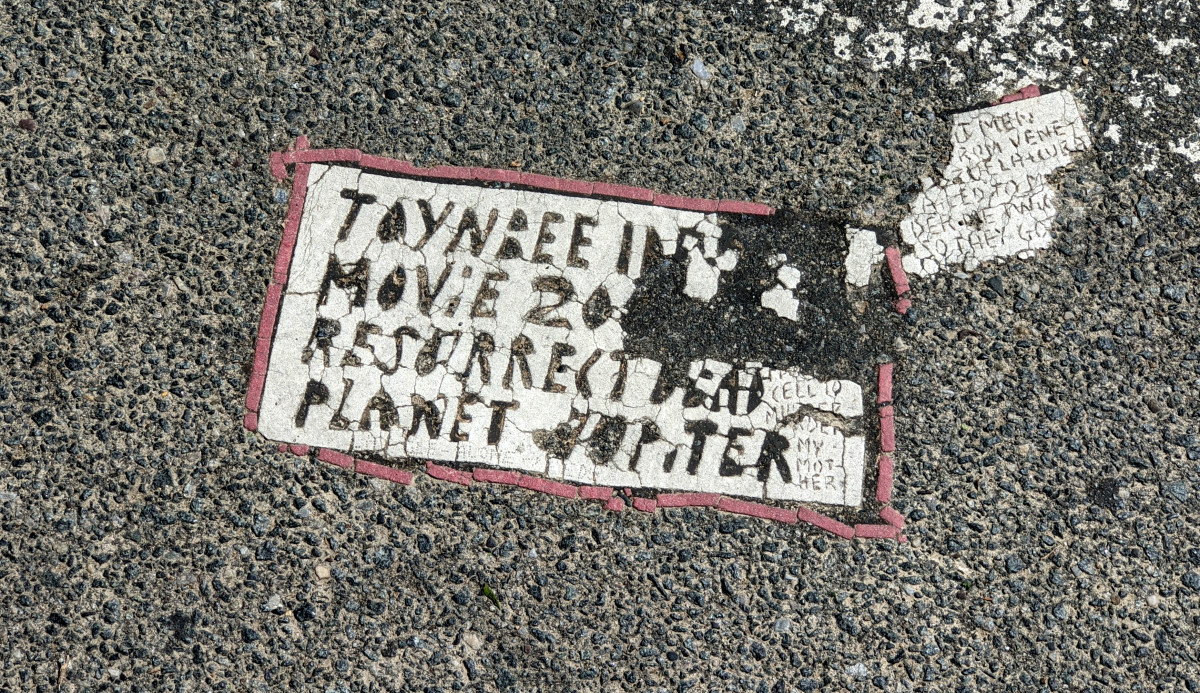
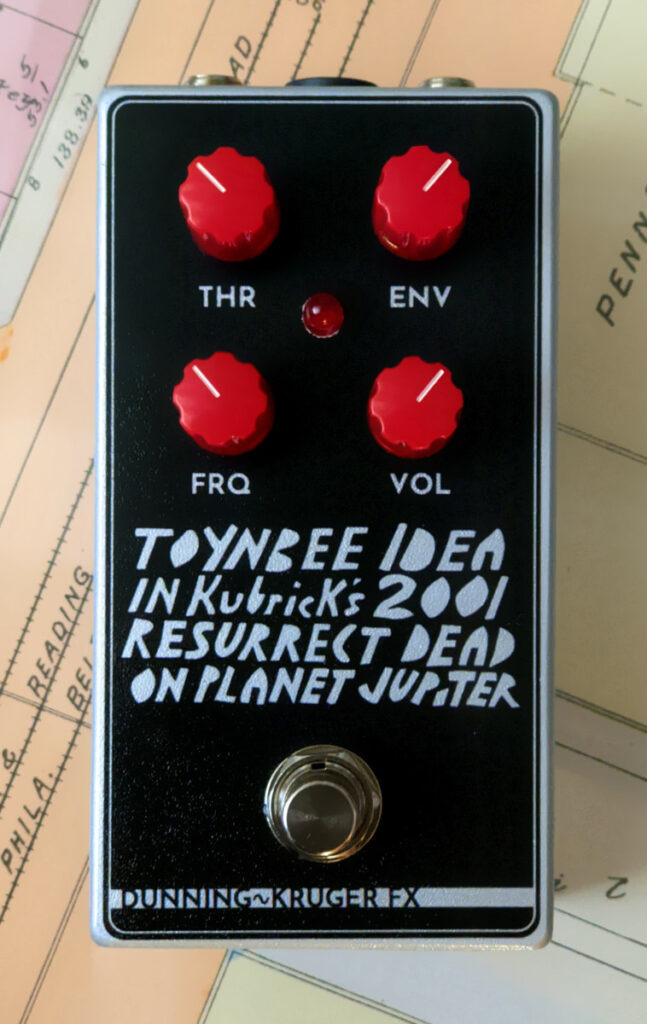
It’s a mystery
In the mid-1980s, tiles bearing peculiar messages started appearing, embedded into the streets of Philadelphia. Over the next several decades, they would show up all over the Americas, mostly in cities within a few hours’ drive of Philly, but also across the midwest and even as far as Buenos Aires and Santiago.
I didn’t become aware of them until after 2006, when I started commuting to the city for work. It was like being in a secret club. When I found someone else who knew about them, we could share in some conjecture about what they meant. When I found someone who didn’t know about them, I got the minor thrill of letting them in on it. And the whole time, someone out there was still dropping tiles, trying to tell us all something.
For more information, check out toynbeeidea.com or track down the documentary Resurrect Dead, which is a wild ride.
As is this pedal. Part fuzz, part synth (?), a quirky envelope filter…
TOYNBEE PEDAL IDEA
IN DUNNING∿KRUGER FX
RESURRECT TONE
ON PLANET EaRTH
Details
This is not a normal fuzz.
It’s based on Tim Escobedo’s Uglyface, as interpreted by Super-Freq. To be completely honest, I don’t fully understand how it works. There’s an LM386 in there, which I know and love (it’s what makes the Potentially Broken Fuzz go). I can tell that it’s hard-wired to 200x gain, but I’m not sure how much of that actually makes it through to the output. I think the signal from the LM386 is being used to set the pitch of an oscillator built around a CMOS 555 timer, and that’s mostly what’s making the noise. Although it can also make its own noise, independent of any input. It’s weirdly silent when the guitar isn’t playing, unlike most fuzzes which have so much gain that the ambient noise is amplified to clearly audible levels, making the noise floor high. Yet this has a ton of gain. Or at least synthesizes a sound that registers as high-gain. Also, did I catch a vactrol in there? It’s kind of out of hand.
The knobs are:
- VOL (Volume): This pedal is ridiculously loud. Unity gain is somewhere around 9:00 on the volume knob.
- FRQ (Frequency): Tim Escobedo said of this knob, “It functions as an unorthodox tone control, at one extreme producing synthesized octave down effects, at the other extreme, thin and nasal tones.” It’s like the circuit is introducing a pitch unrelated to the input, and this knob controls the pitch of that extra tone.
- ENV (Envelope): This is on the LED half of the vactrol and supposedly regulates how much of the guitar signal will modulate the frequency controller. In practice, it’s pretty much autowah.
- THR (Threshold): Controls when the “extra tone” that’s created by the pedal is audible. Below the threshold, the frequency that’s set by the FRQ knob is less conspicuous. Above the threshold, the pedal produces a constant, obvious pitch. When you dial in the threshold just right, the extra tone kind of gets incorporated into the whole mélange. Which is not to say that it’s precise…in general the pedal is dynamic and unpredictable.
I don’t think I’ve fully unlocked what this pedal can really do, but it will be fun to figure it out. The following is a brief sample of my initial messing around:
(Coronacaster > Toynbee > SansAmp > interface; nothing done in post)
Vital Stats
